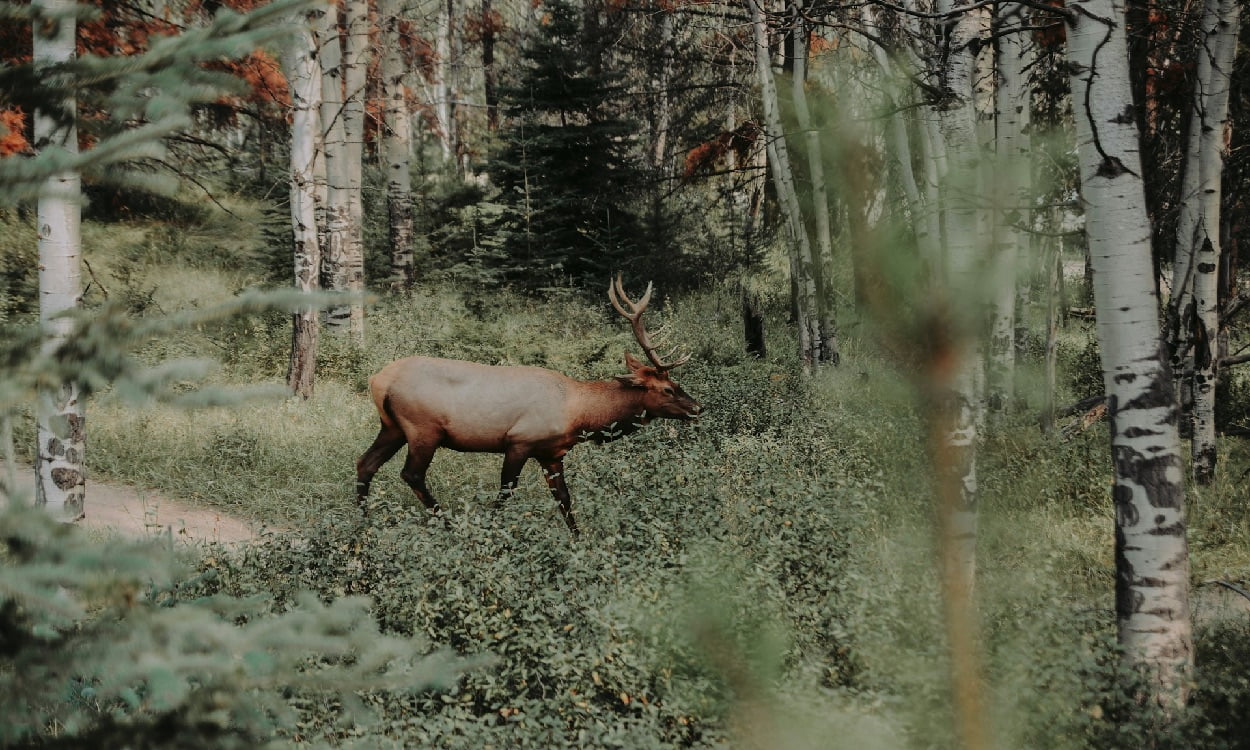
Introduction: Growth of Deer Antlers
Deer antler growth stands among one of those awe-inspiring processes manifesting the intricacies and dynamics that are embedded within nature. Every year, it changes for those magnificent appendages on the head of a male deer. Beyond their majestic visual appeal, these antlers reveal how genetic action, hormone excretion, and plants or chemicals playing their roles act out in antler growth.
Growth Cycle of Deer Antlers
Among mammalian appendages, deer antlers have this unique characteristic of shedding and regrowth every year. This is regulated through a highly integrated biological process in the form of antler-genesis. In general, growth starts during spring with the loss of the previous year’s antlers. After being cast, the actual regeneration commences, covered by a thin, soft layer of tissue, called velvet, which provides for nourishment and protection to the developing antlers.
Hormonal Influence
Growth of deer antlers depends on hormones. The most dominant hormone responsible for this growth is testosterone. When the days in spring are getting longer and sunlight is more, testosterone levels rise in male deer and initiate the antler growth process. This hormone initiates fast development of the antler, which helps in the building up of cartilage and bone in the velvet-covered antler.
Nutrient-Rich Velvet
Amazingly, the velvet cover on growing antlers is actually a rich source of the nutrients that it needs for development. Composed of blood vessels, nerves, and connective tissue, the velvet serves to bring the essential minerals and proteins to the growing antlers. In this case, the nutrient-rich layer in contact would provide the necessary building blocks for their fast and strong growth.
Natural Ingredients in Antler Growth
Growth of deer antlers involves interaction between different naturally occurring ingredients in a very complex way: one of the major constituents, calcium, without which the bony structure of antlers cannot develop strong and robust. Phosphorus is another such mineral that has a very important role in giving strength to the antlers in their structure. Proteins, especially collagen, are important components that give strength and flexibility to the growing antlers.
Trace minerals like zinc, copper, and magnesium are equally crucial during antler development. Most of such minerals are cofactors of enzymes involved in bone development and maintenance. Further, vitamins, especially vitamin D, enhance calcium absorption and thus enhance the mineralization of the antler tissue.
Environmental Factors
Antler growth is unfortunately linked to genetics and hormones, but environment factors do play a part as well. The right nutrition that involves different types of plants and vegetation provides the basic availability of nutrients that are crucial for antler growth. Severe stress originating from factors like food competition and predator exposure does impact the overall health of deer and could, to an extent hamper their antlers in size and quality.
Conclusion
The growth of deer antlers is a miraculous process, showing how amazingly genetics, hormones, and naturally occurring ingredients can dance together. In the annual cycle of shedding and regrowing these impressive appendages, male deer make use of testosterone, nutrient-rich velvet, and essential minerals. The natural alchemy in the process of growing antlers brings into view the harmonious relationship between the animal and its environment, with the required delicate balance in making such a wonder of nature.
Imperial Pet Co. Canine Super Supplement takes all of the amazing benefits of deer velvet, and adds in the most potent marine derived ingredient: Green Lipped Mussel. to bring you the most beneficial canine health supplement in the world!
